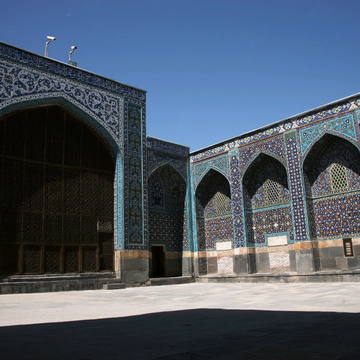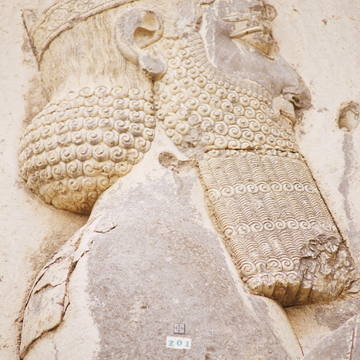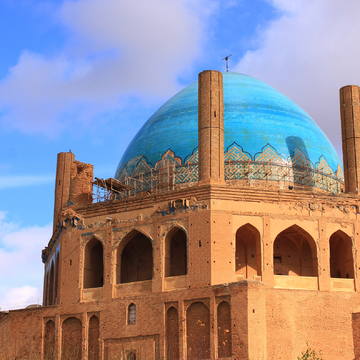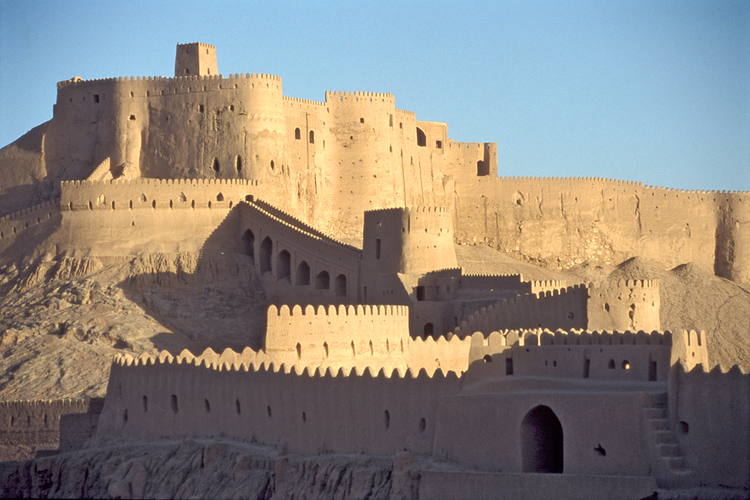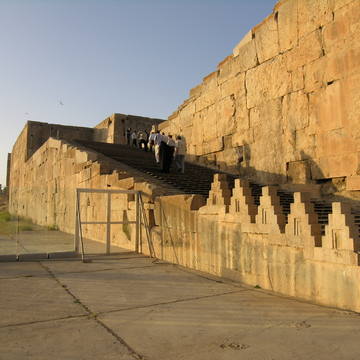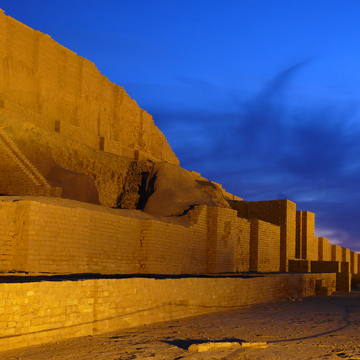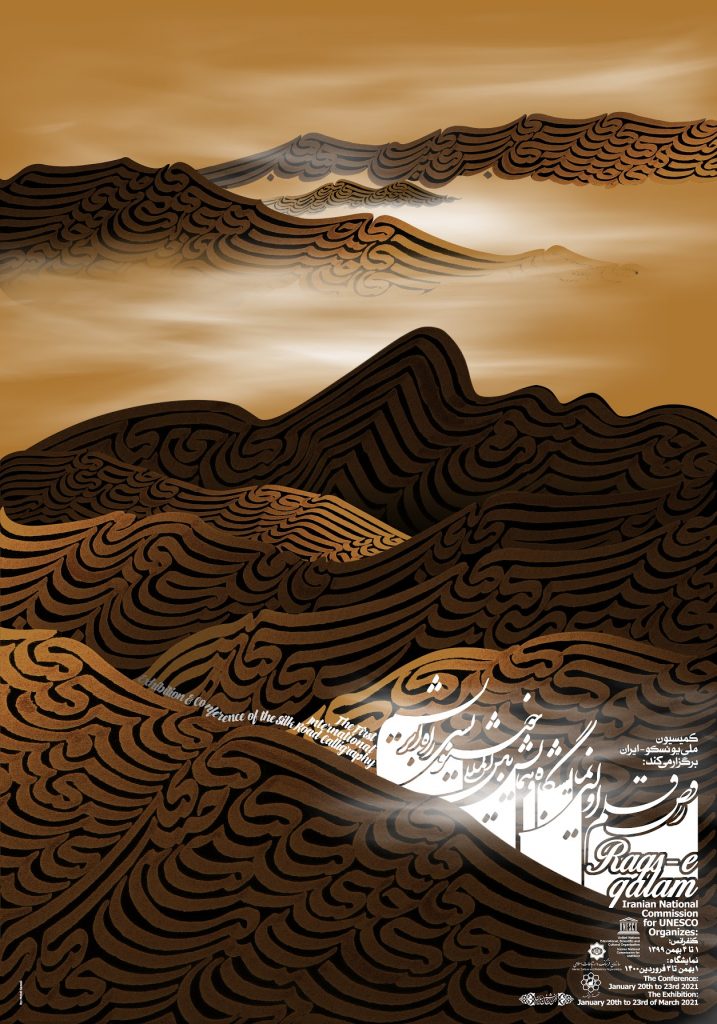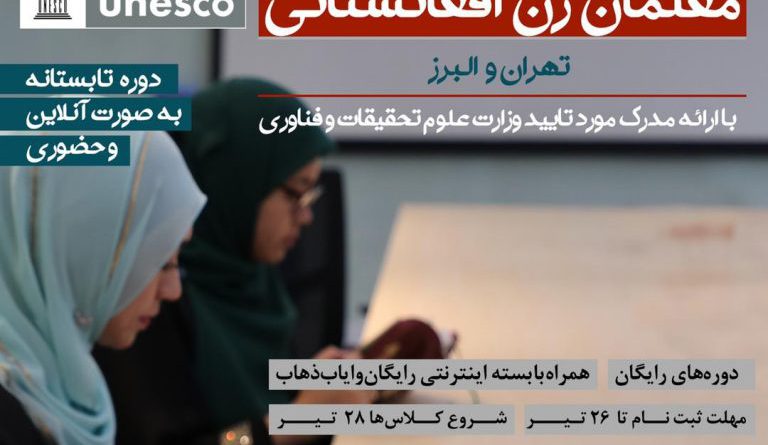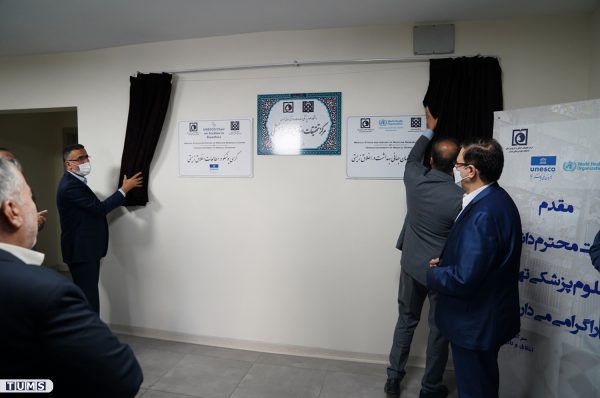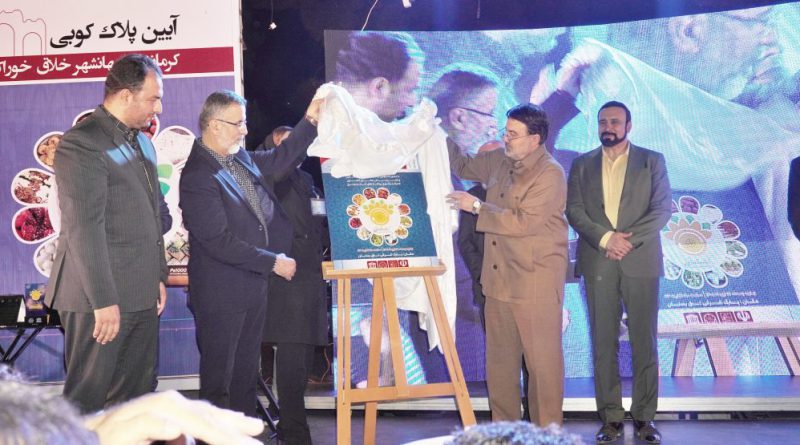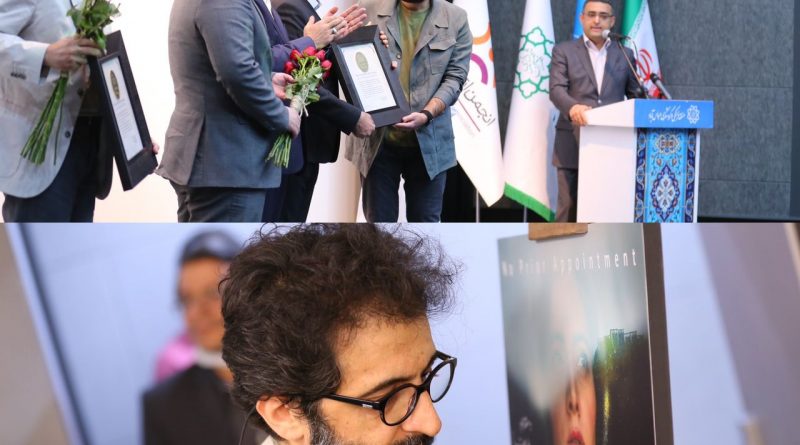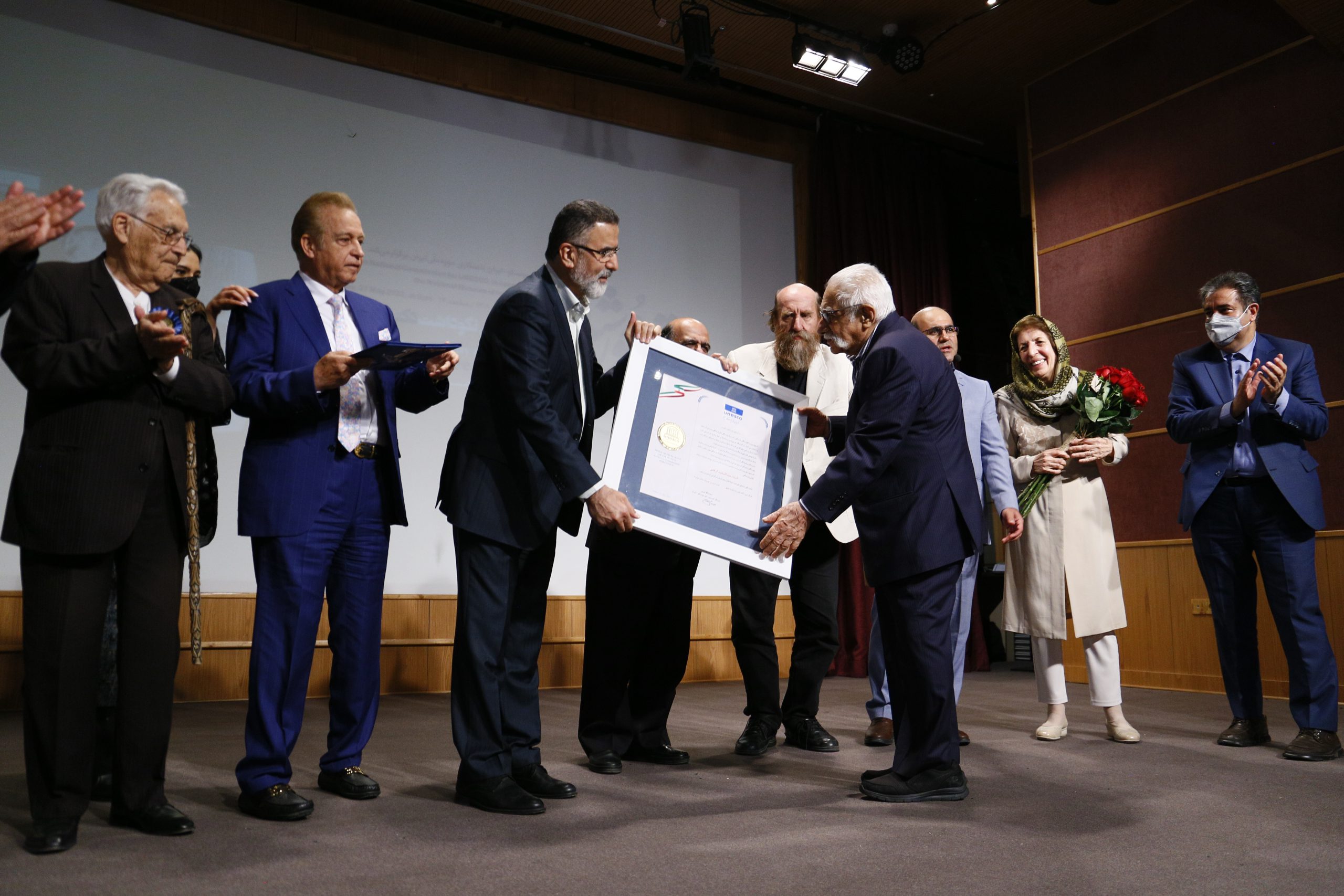Sheikh Safi al-din Khānegāh and Shrine Ensemble in Ardabil (2010)
[wptab name=’Describtion’] Built between the beginning of the 16th century and the end of the 18th century, this place of spiritual retreat in the Sufi tradition uses Iranian traditional architectural forms to maximize use of available space to accommodate a variety of functions (including a library, a mosque, a school, mausolea, a cistern, a hospital, […]

